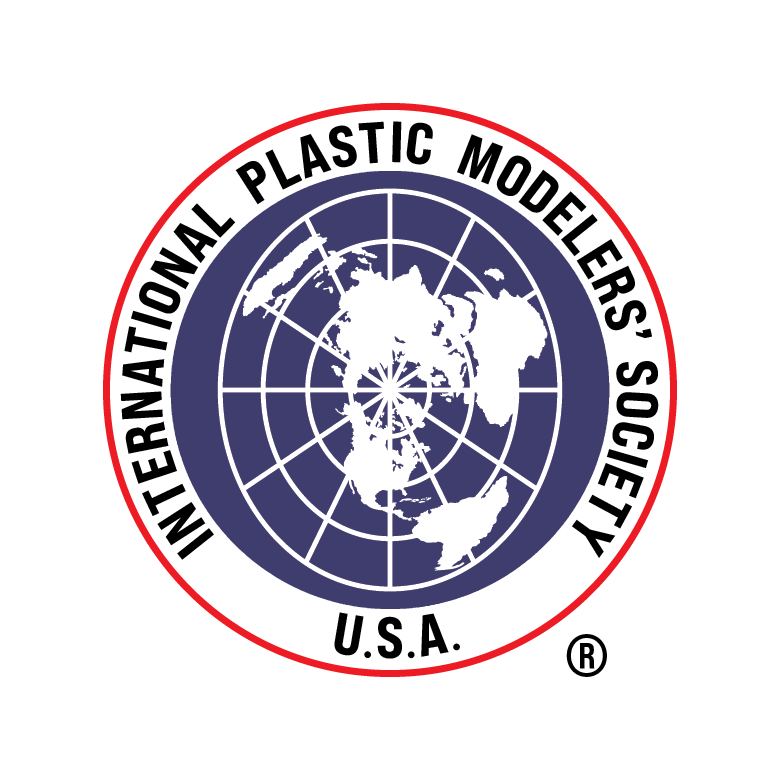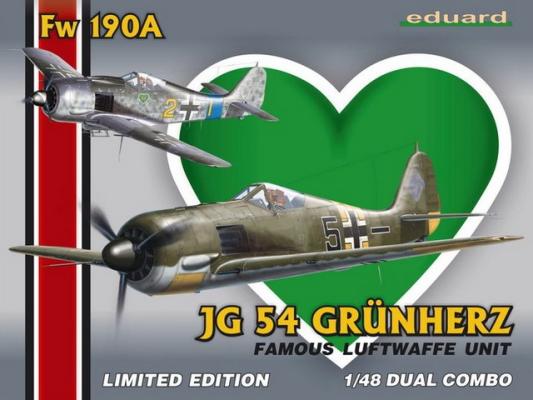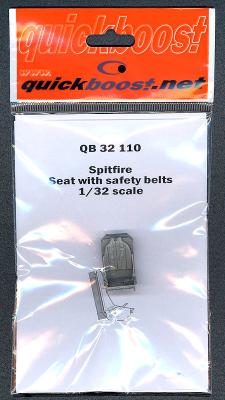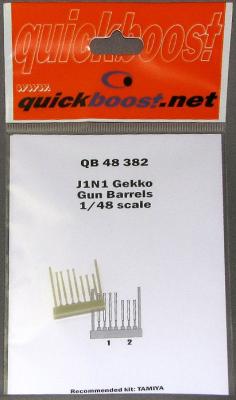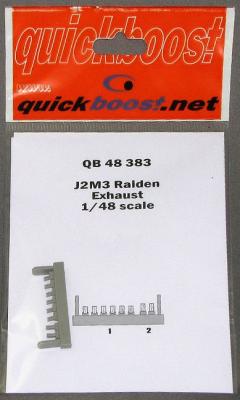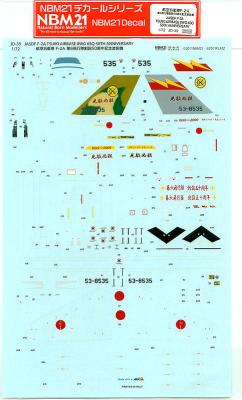Short History
In this kit, released also as a Limited Series edition, we are presented with the Focke-Wulf Fw-190A that flew combat with the well known fighter unit, JG 54 Grunherz. Jagdgeschwader 54 was formed through a very complicated process, but this only served to raise the level of significance of the unit later on. The foundation for the unit was laid in February, 1940, but its formation with three Gruppe (each with Stab and three Staffel, with each Gruppe fielding some forty aircraft) goes back to the summer of the same year. Its Kommodor (Geschwader Commanding Officer) from August 24th was Hannes Trautloft.
